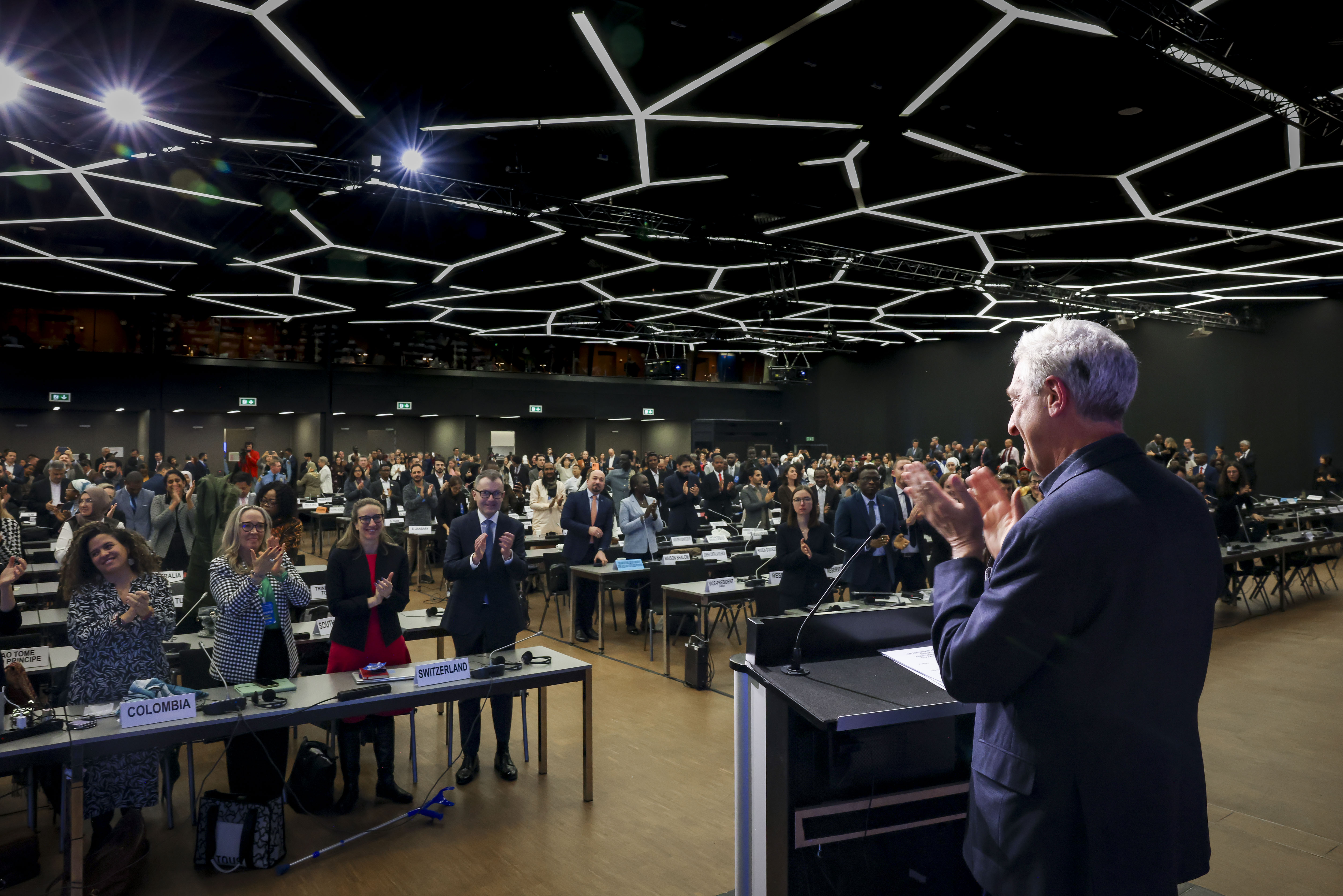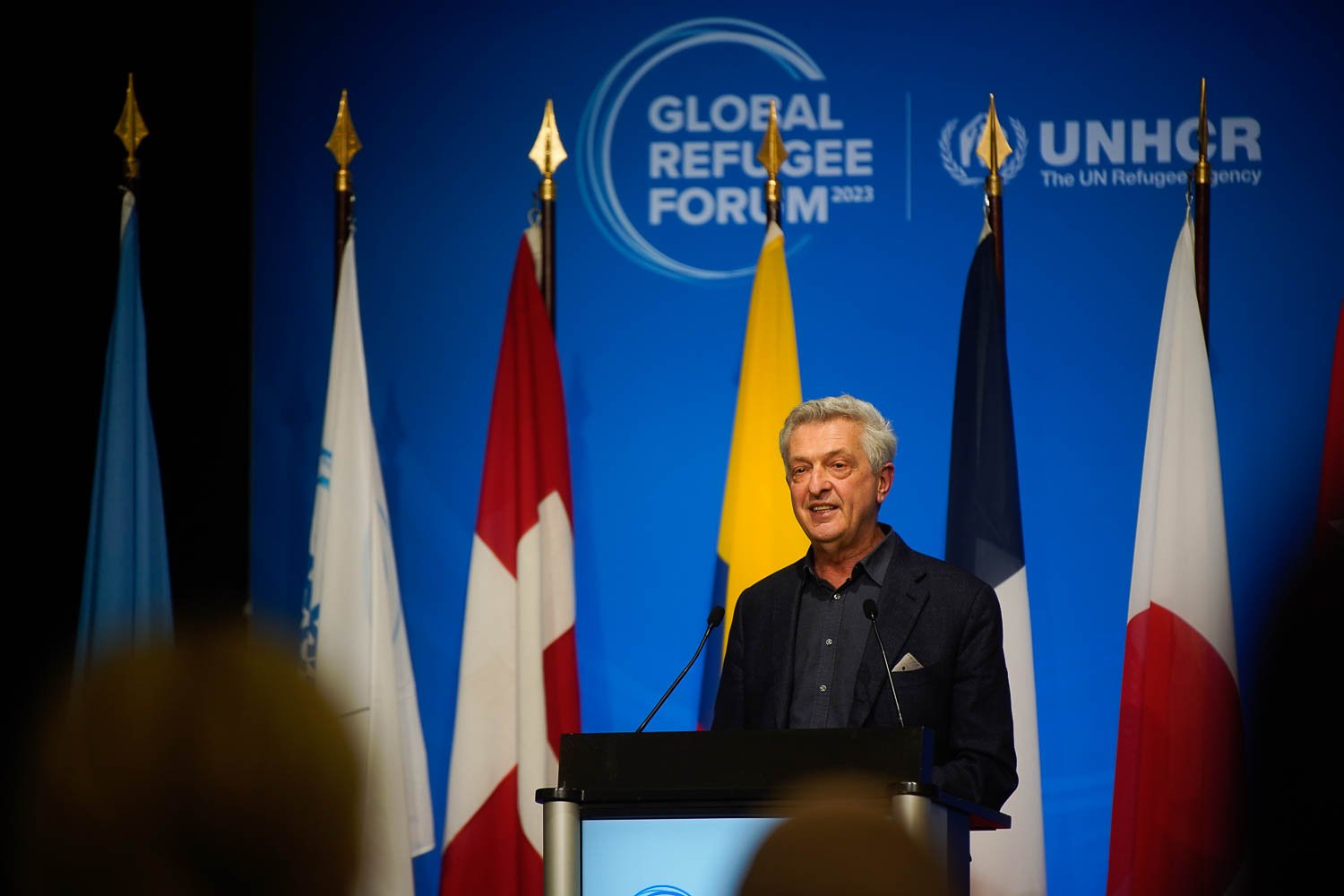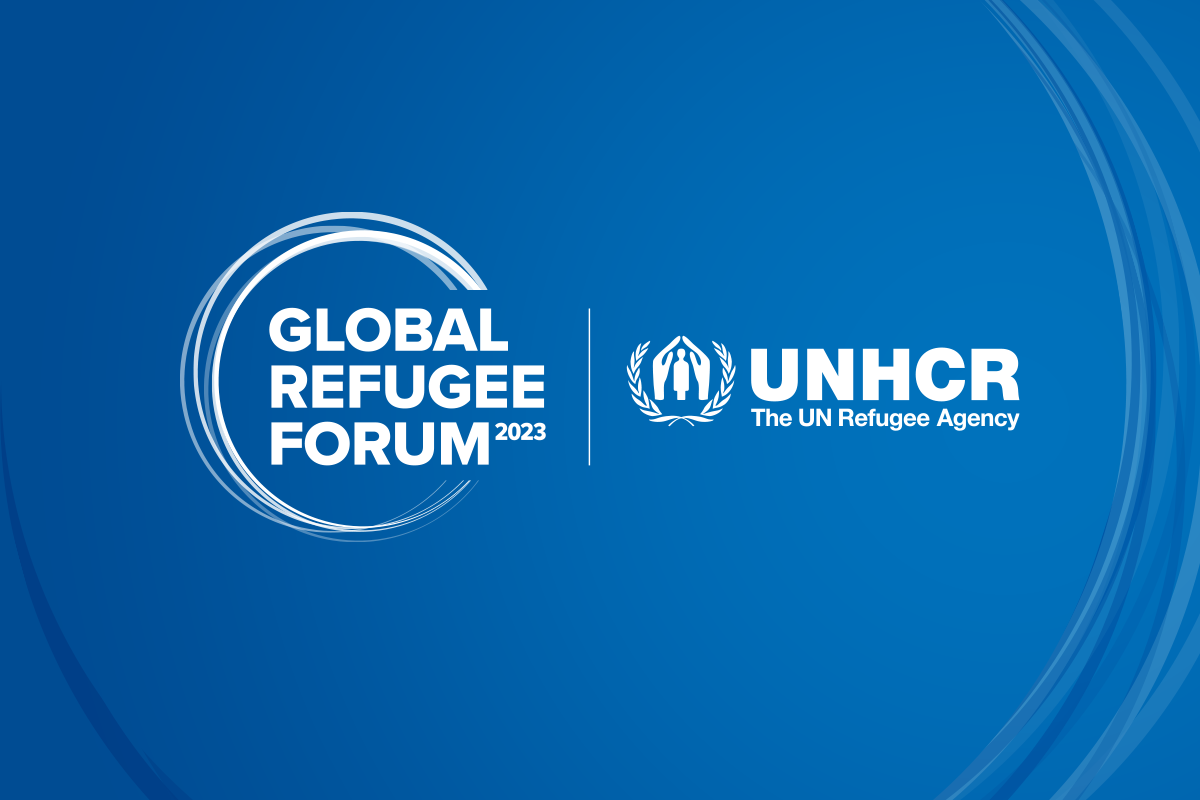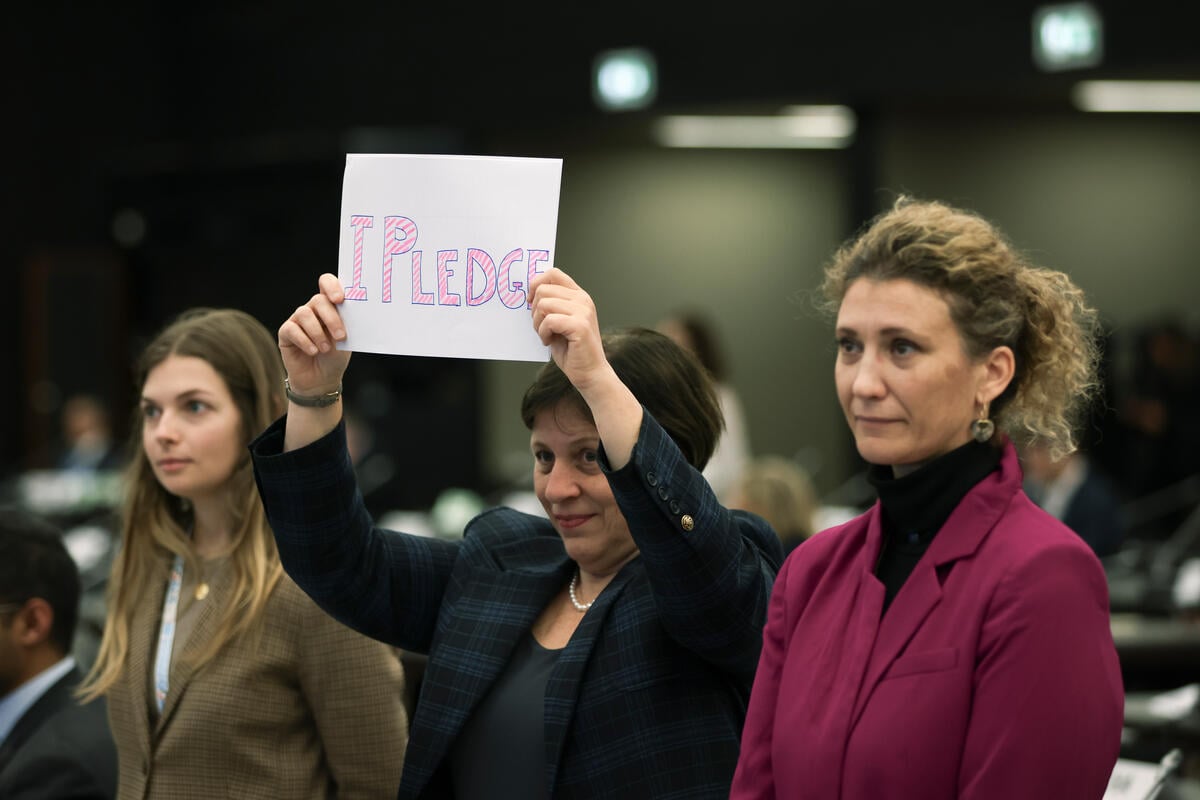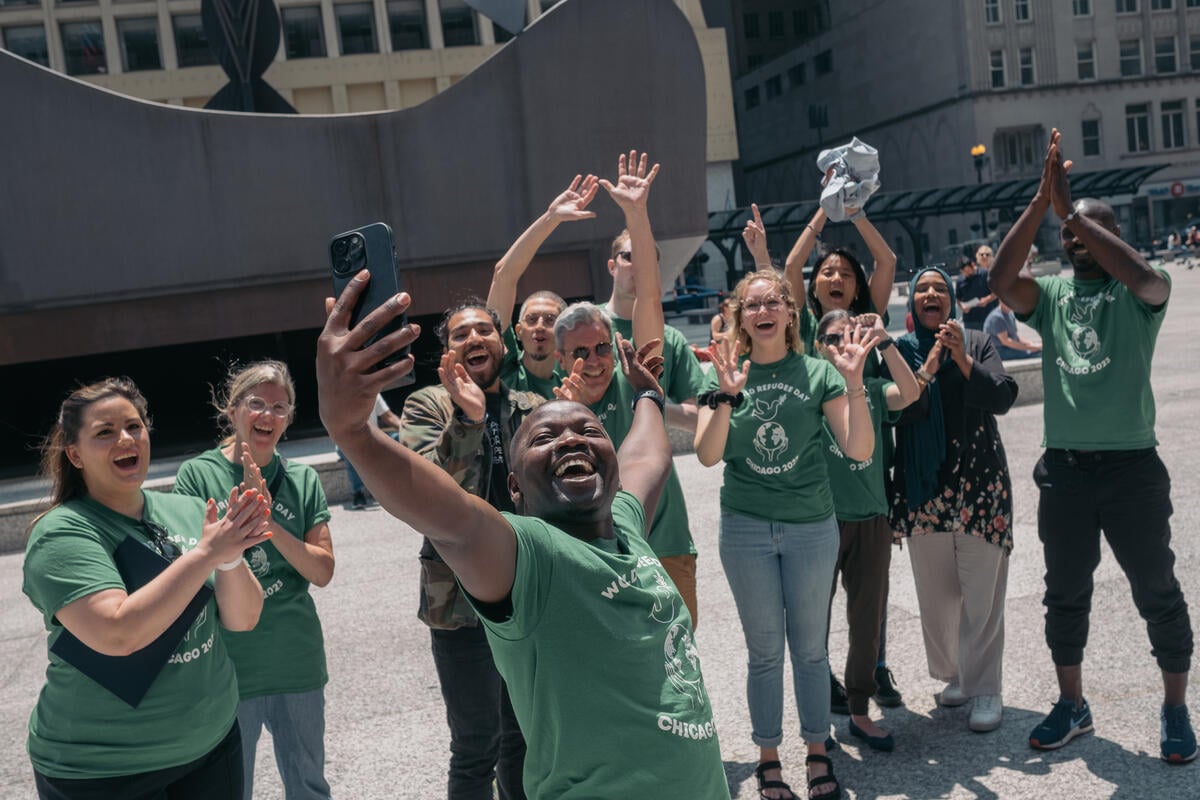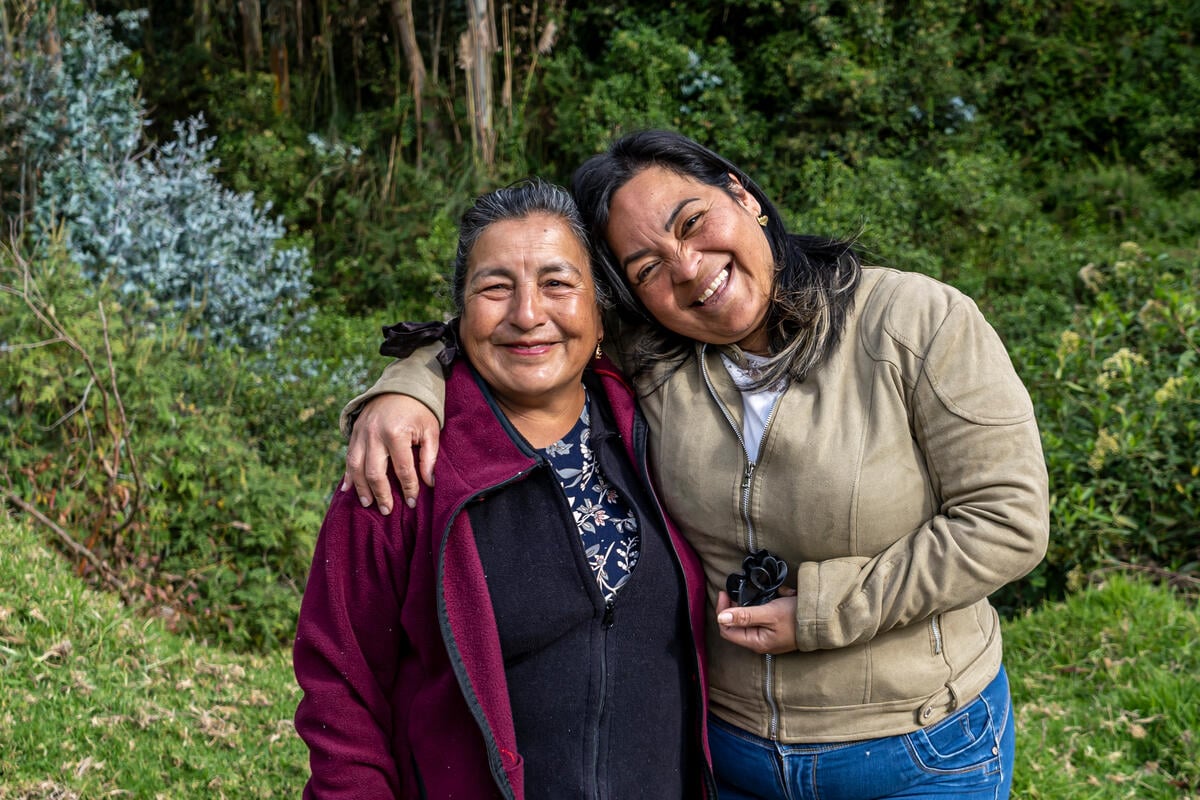Costa Rican schools open their doors to displaced Nicaraguan children
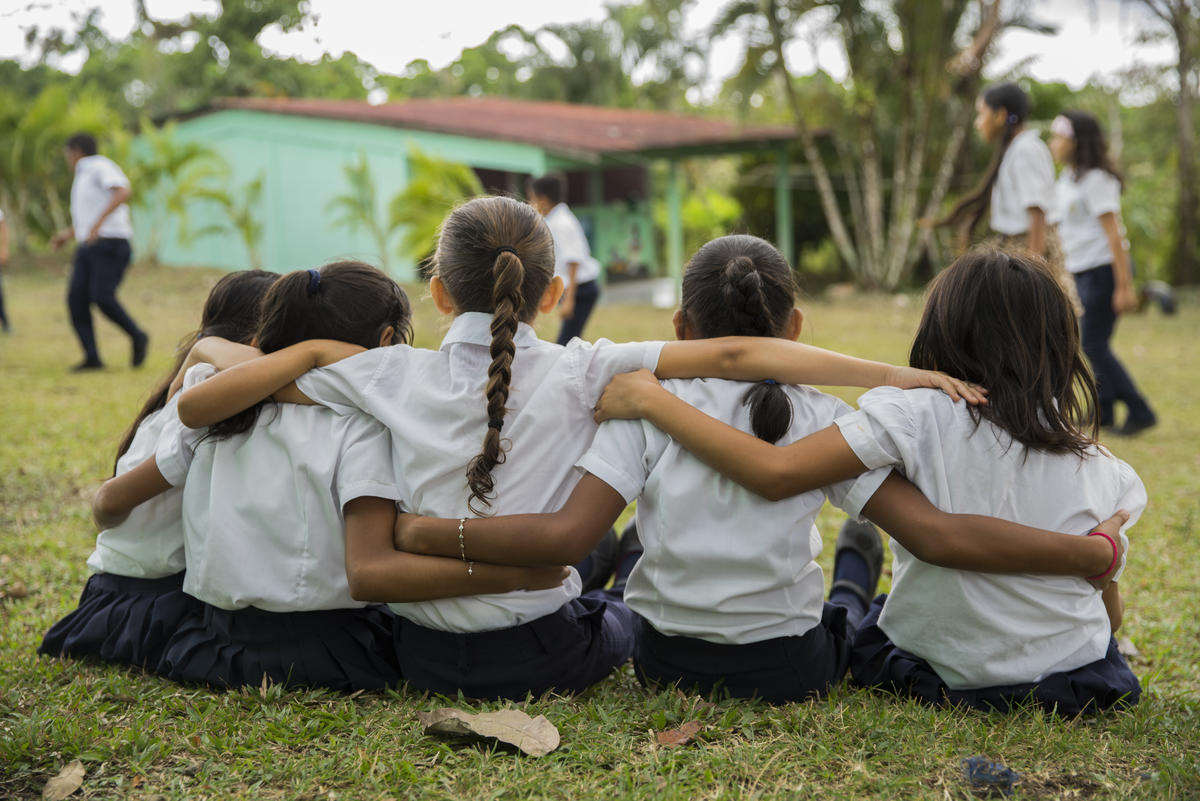
Costa Rican schools open their doors to displaced Nicaraguan children
The first day at a new school can be nerve-wracking for any child. But for Lina* and Miguel*, their first day of class in Upala, a small city near Costa Rica’s northern border with Nicaragua, was nothing short of life-changing.
That is because the two siblings had been out of school for over a year, ever since their family fled their native Nicaragua amidst the ongoing social and political crisis there.
For their mother, Melissa*, the decision to take them first out of school, and then out of the country, was a wrenching one. But leaving them in school back in Nicaragua was an even worse alternative.
After her brother took part in the protests that rocked the Central American nation starting in April 2018, the entire family started receiving death threats. Melissa worried that 10-year-old Lina and 14-year-old Miguel might be targeted on their way to or from school.
“I couldn’t stand the idea that my children could be in danger,” said Melissa, aged 35.
"We barely managed to get out with a small suitcase."
Ultimately the family chose to join the estimated 75,000 Nicaraguans who have fled the country since 2018, amid widespread intimidation and targeted violence that followed the wave of anti-government protests.
The vast majority of those who fled have sought safety in Nicaragua’s neighbor to the south, Costa Rica. According to Costa Rica’s Migration Authority, some 61,791 Nicaraguans have applied for asylum, or were in the process of filing, as of May 2019.
For many forcibly displaced children around the world, the rules and regulations of their adopted countries can sometimes prove an insurmountable hurdle to resuming their education. For Lina and Miguel, such rules could potentially have been a problem, because the family had no choice but to flee without key documents, including school records.
"It was very dangerous for me to go to Managua to get passports or even to the schools to get their grades and certificates,” said Melissa. “We barely managed to get out with a small suitcase.”
Of the 25.9 million refugees worldwide at the end of last year, around half were children. Fewer than two thirds – 61 per cent – attend primary school, according to a 2018 UNHCR education report.
But in Costa Rica, primary school is free and obligatory for all children, regardless of their migration status. In response to the influx of Nicaraguans, many schools in the north of the country have begun to simplify their requirements to allow children with no official documentation to register.
Upala, a city of around 44,000 in one of the poorest regions of Costa Rica, has seen a major influx of Nicaraguans. Crucially, local schools have opened their doors to the influx of new students. And because, like Lina and Miguel, many of the Nicaraguan children had been out of class for a while, some schools are even offering the newcomers extra lessons aimed at helping them catch up and integrate.
Ramon*, a teacher at Lina’s school, said the goal was to help the Nicaraguan kids “feel at home within these walls”.
"Education is a human right."
Despite the limited resources in Upala, the townspeople have come to the aid of the newcomers. They have organized food drives and collected school supplies and other essentials for their new Nicaraguan neighbours.
Solidarity in support of Nicaraguan families and schoolchildren is not limited to Upala. The school in Los Laureles, a tiny farming hamlet around an hour and a half from Upala by car, right on the Nicaraguan border, has absorbed dozens of other Nicaraguan students. The new arrivals boosted total enrollment at the school by fully 20 per cent over the previous year, according to teachers there.
"Education is a human right, so the teachers visit their homes to convince parents that the school is a safe place for their children, and talk about the importance of continuing their studies,” said Eugenio*, one of only four teachers at the small school. “We also assess the needs of Nicaraguan families during those visits.”
Eugenio said he, the other teachers, and some community members even worked together to build a temporary house for one Nicaraguan family with no place to stay.
UNHCR, the UN Refugee Agency, is supporting schools and host communities like Los Laureles and Upala as part of its community-led strategies to integrate Nicaraguan students. Through its donation of desks, chairs, and school supplies, the agency aims to complement the efforts made by local authorities, as well as the people of Costa Rica.
“The generosity shown by Costa Rica embodies the spirit of the Global Compact on Refugees,” said Milton Moreno, UNHCR’s Representative in Costa Rica.
“These efforts demonstrate how solidarity can be put into action, and serve as an inspiration to us all.”
- See also: Helping refugees to thrive in Costa Rica
Affirmed by the UN General Assembly last December, the Global Compact seeks a more equitable sharing of responsibility for hosting and supporting refugees, about 80 per cent of whom live in countries neighbouring their place of origin.
As Lina and Miguel resume their studies, the two siblings have once again begun to dream about what the future might hold for them. “What makes me happiest about being in Costa Rica is to be able to study again," said Miguel as he took his sister’s hand and headed to school. “I want to be a doctor.”
*Names of refugees and teachers changed for protection reasons.




